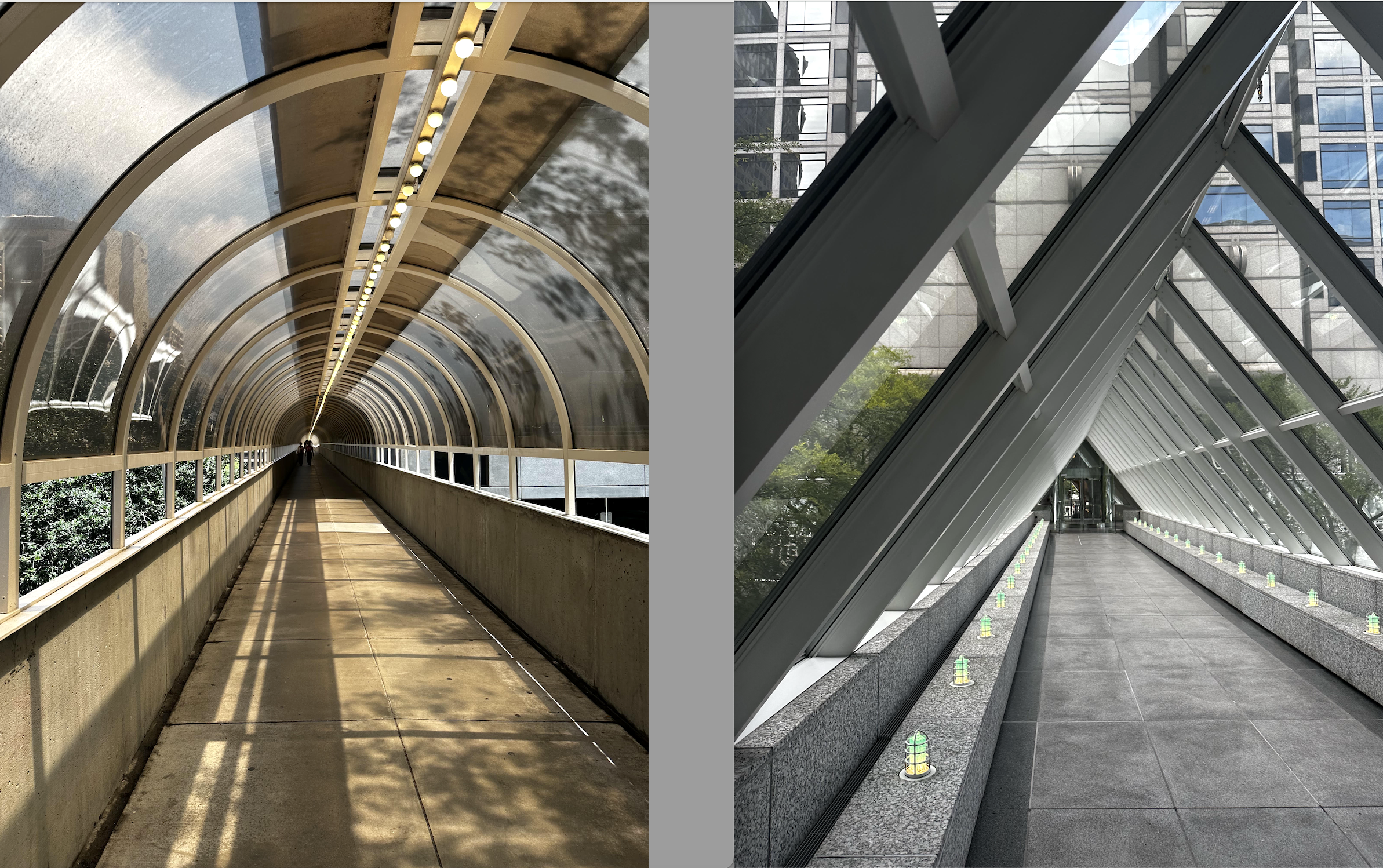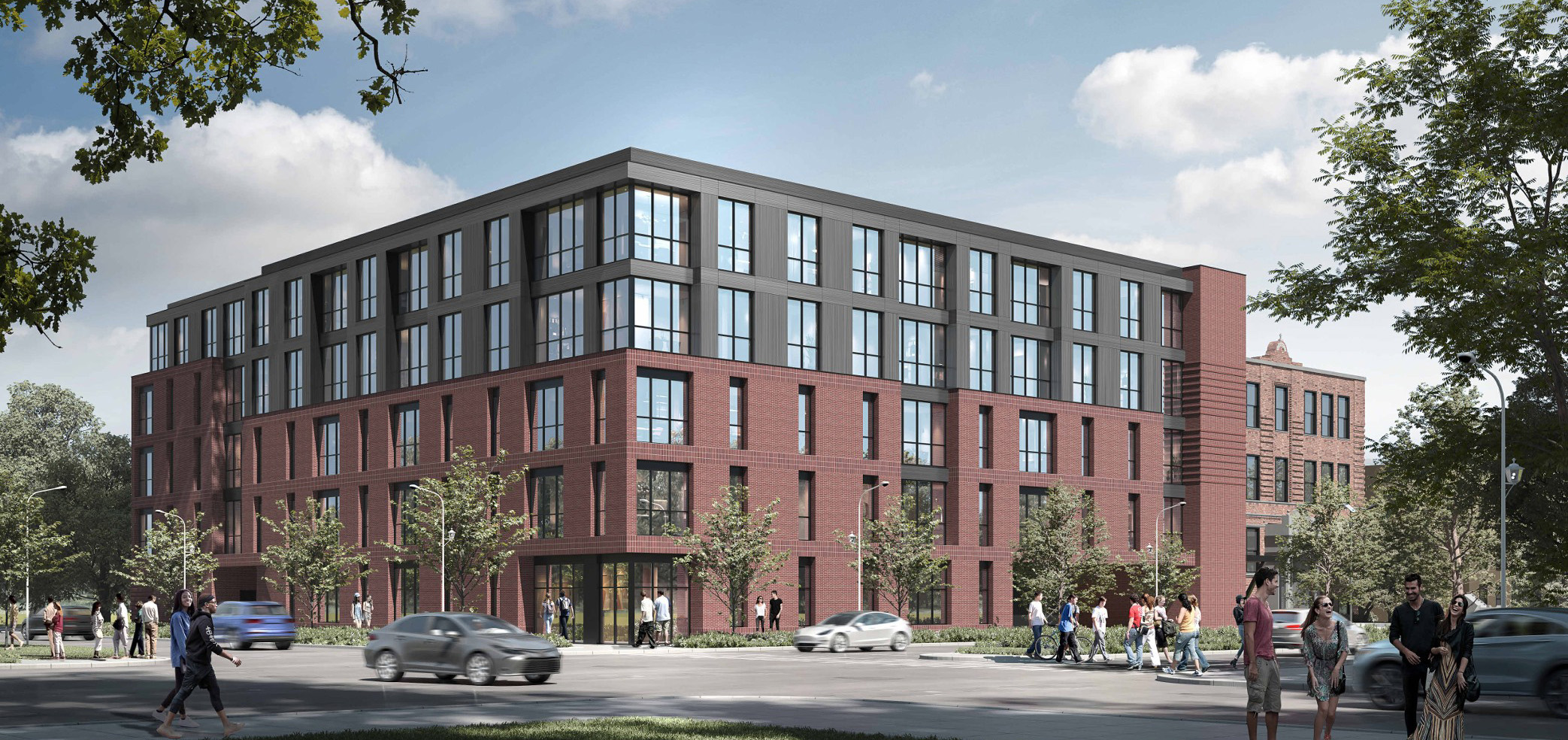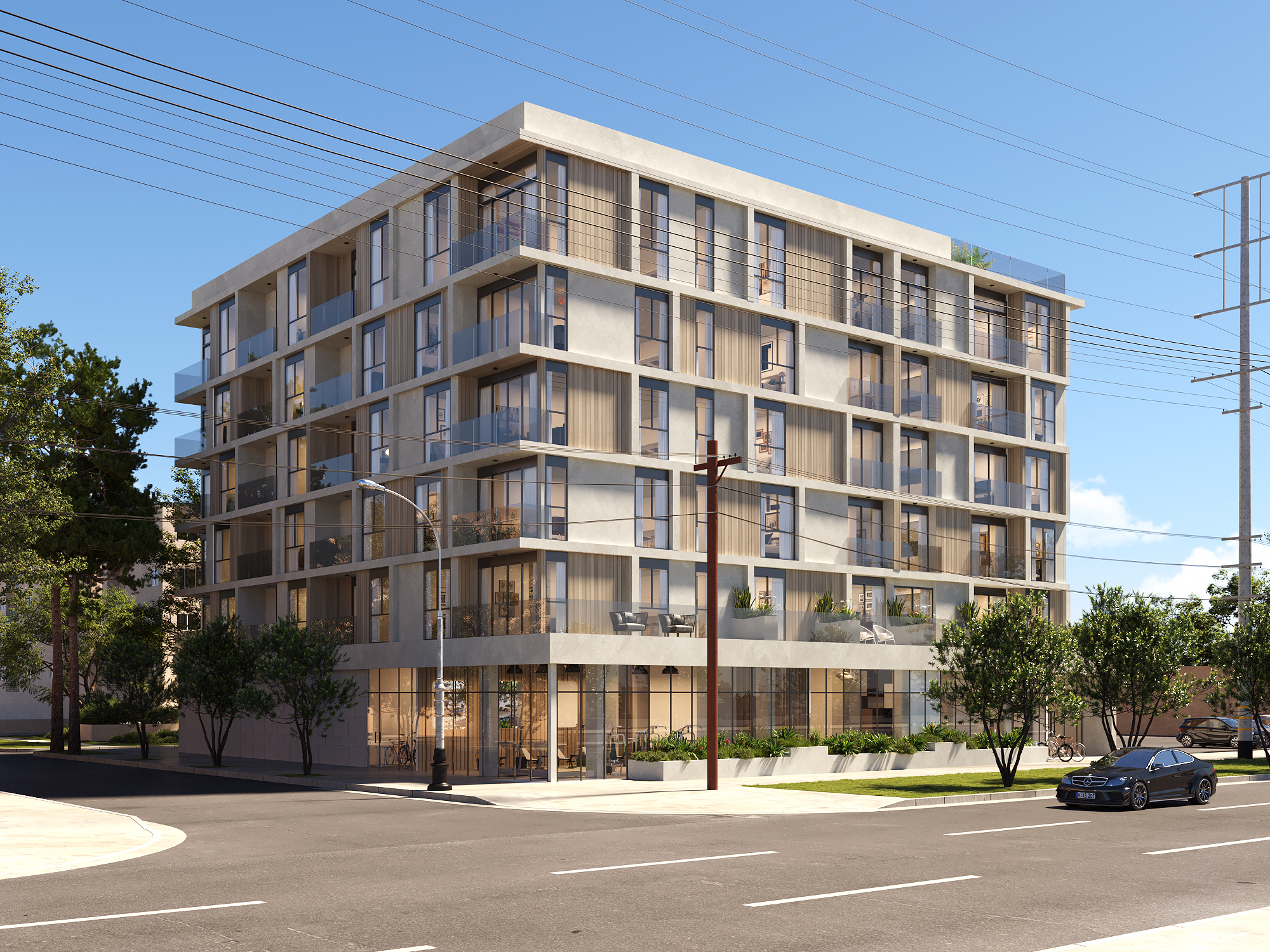Your City. Your Market. Your Next Deal.Stay up to date on national urban real estate |
|
📅 Today's Story: Roughly two-thirds of working-age renter households face “residual income” housing burdens—meaning they don’t have enough left after rent to afford basic needs like food, healthcare, and transportation.
AFFORDABLE HOUSING
Two-Thirds of Working Renters Can’t Afford Basic Needs |
|
📰 What Happened: Researchers from Harvard’s Joint Center ran the numbers and discovered that residual income metrics capture a much more nuanced picture of financials than the traditional 30% rent-to-income threshold. In total, 5.3 million American households fall through the cracks of the standard measure.
🔍 A Closer Look: Households earning below $45,000 are most affected, but the analysis also shows a surprising geographic reversal. Rural and lower-cost areas, like West Virginia, have the highest residual income burdens—not pricey cities like San Francisco. Even with average annual rents around $18,000, total household expenses exceed $57,000 for typical renters.
🧠 Why It Matters: The findings challenge current housing policy frameworks. While rent subsidies help, only direct and flexible income support—such as $1,000 monthly stipends—meaningfully reduce rent burdens. For policymakers, the message is clear: addressing affordability requires boosting incomes, not just lowering housing costs.

Joint Center for Housing Studies (Harvard University)
| DowntownLetter to Editor: Hands off Portman's iconic downtown skybridgesProfessor, writer responds to architect's proposal to redevelop elevated walkways as mixed-use notes |
| Georgia TechGoat Farm unveils creative hub for key downtown redevelopment site LOOP aims to debut at Georgia Tech’s planned Creative Quarter in time for 2026 FIFA World Cup |
| DowntownImages: How potential new district between Atlanta stadiums could lookRetail zone at Mercedes-Benz Stadium, Georgia World Congress Center doorstep remains hypothetical, leaders stress |
| O'HareCaisson permit issued for O’Hare Concourse DThe $1.3 billion project will bring 19 new gates to the airport |
| Ravenswood47th Ward Ald. Martin supports development at 4641 N. AshlandThe five-story building would rise next to the Our Lady of Lourdes School conversion |
| Elysian ParkDodger Stadium Gondola looks to get back on trackMetro releases supplemental environmental study for the $500M project |
| PalmsMixed-use development pushing dirt at 9431 Venice Blvd. in Palms47 apartments over ground-floor commercial space |
| Alondra ParkAffordable housing underway at 3127 W. 147th Street in Alondra ParkBrilliant Corners is building 78 apartments just west of Crenshaw Boulevard |










